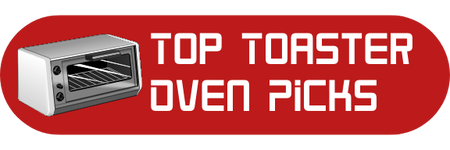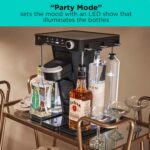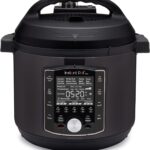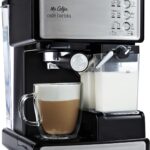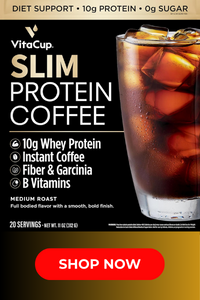So, you’ve probably pondered this question before at your favorite coffee shop as you sip on a fresh brew, wondering if there’s a significant difference between coffee and espresso. Well, let’s break it down for you. Coffee and espresso may appear similar, but the brewing processes and flavor profiles set them apart. While coffee is made by extracting the flavors from ground beans with hot water, espresso is created by forcing pressurized water through finely ground coffee beans. So, is coffee just diluted espresso? Not quite, my friend. Let’s dive into the nuances and discover the true essence of these beloved caffeinated beverages.
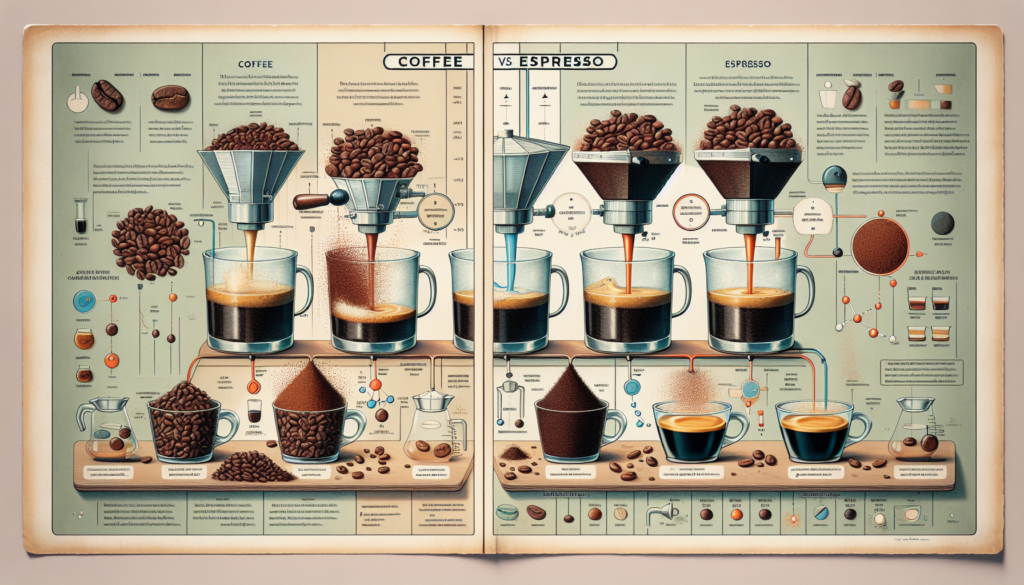
What is Espresso?
Espresso is a concentrated form of coffee that is brewed by forcing hot water through finely ground coffee beans under high pressure. The result is a small shot of strong and intense coffee with a rich and robust flavor. It is typically served in small cups and enjoyed as a quick pick-me-up or as the foundation for various espresso-based drinks.
What is Coffee?
Coffee, on the other hand, refers to the beverage that is made by steeping ground coffee beans in hot water. It is a more traditional and widely consumed form of coffee, known for its distinct aroma and flavor. Coffee can be enjoyed in various strengths and preparations, including brewed coffee, drip coffee, French press, and more.
Differences in Brewing Methods
Espresso Brewing
Espresso is brewed using a specific method that involves tightly packing finely ground coffee into a portafilter. The portafilter is then placed in an espresso machine, and hot water is forced through the coffee at a high pressure. The process extracts the flavors and oils from the coffee quickly and results in a concentrated shot of espresso in a matter of seconds. This brewing method requires specialized equipment and knowledge to achieve the perfect extraction.
Coffee Brewing
Brewing coffee, on the other hand, involves a more straightforward process. Coarsely ground coffee beans are added to a coffee maker, French press, or other brewing devices, and hot water is poured over them. The water then seeps through the coffee, extracting the flavors and oils more slowly compared to espresso. The brewing time for coffee is usually longer than espresso, allowing for a milder and less concentrated flavor profile.
Grind Size
One of the key differences between espresso and coffee brewing is the grind size of the coffee beans. For espresso, a fine grind is required to ensure that the water can pass through the coffee quickly and under pressure. This fine grind allows for the extraction of intense flavors and the formation of a thick crema on top of the espresso shot. In contrast, coffee brewing methods typically call for a coarser grind to allow for a slower extraction process and a smoother flavor.
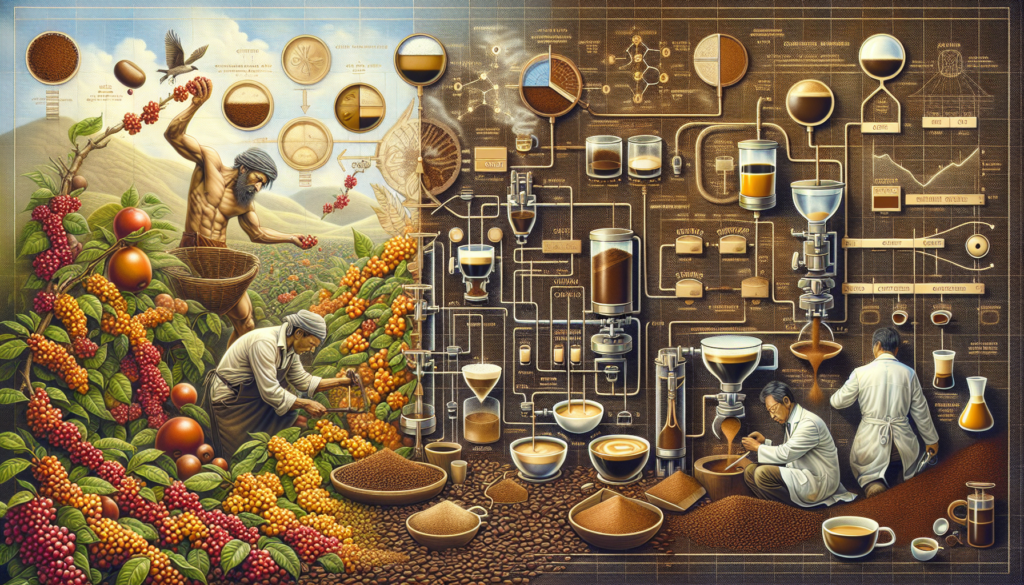
Brewing Time
The brewing time for espresso and coffee also varies significantly. Espresso is brewed in a matter of seconds, typically ranging from 20 to 30 seconds, due to the high pressure and fine grind size. This quick extraction time results in a concentrated shot of coffee with a bold flavor profile. On the other hand, coffee brewing methods generally require several minutes of steeping or drip brewing, allowing for a slower extraction and a more subtle flavor development.
Water-to-Coffee Ratio
The ratio of water to coffee also differs between espresso and coffee brewing. For espresso, a higher coffee-to-water ratio is used to achieve a more concentrated shot. The average ratio is around 1:1, meaning that one gram of coffee is used for every gram of water. This high ratio allows for a potent and intense flavor. In contrast, coffee brewing methods often use a lower coffee-to-water ratio, typically ranging from 1:15 to 1:18. This ratio results in a milder and more balanced flavor profile.
Taste Profile
Due to the differences in brewing methods, grind size, brewing time, and water-to-coffee ratio, espresso and coffee have distinct taste profiles. Espresso is known for its intense and bold flavor, often described as strong, robust, and full-bodied. The high pressure and quick extraction method contribute to the concentrated flavors and the presence of a creamy crema on top. In contrast, coffee brewed using traditional methods tends to have a milder and more nuanced flavor, allowing for the natural characteristics of the coffee beans to shine through.
Caffeine Content
The caffeine content in espresso and coffee can vary, but in general, espresso contains more caffeine per ounce than regular brewed coffee. This is because the concentrated nature of espresso means that a smaller serving size still packs a punch in terms of caffeine content. However, when comparing equal serving sizes, a cup of regular brewed coffee typically contains more caffeine than a shot of espresso. It’s important to note that the exact caffeine content can be influenced by factors such as the type of coffee beans used, the brewing method, and personal preference.
Serving Size
Espresso is typically served in small shot-sized portions, usually ranging from 1 to 2 ounces. It is meant to be enjoyed as a concentrated and intense coffee experience. Coffee, on the other hand, is often served in larger cups or mugs, with servings ranging from 8 to 12 ounces or more. The larger serving size of coffee allows for a more leisurely drinking experience and the option to savor the flavors over a longer period of time.
Popular Espresso-Based Drinks
Espresso serves as the foundation for numerous popular coffee drinks that have become favorites among coffee enthusiasts worldwide. These drinks showcase the versatility and unique qualities of espresso, paired with various milk options and flavorings. Some popular espresso-based drinks include:
Cappuccino
A cappuccino is a delightful combination of equal parts espresso, steamed milk, and foamed milk. It is traditionally served in a small 6-ounce cup and is known for its layered appearance, with the espresso at the bottom, followed by the velvety steamed milk, and topped with a thick layer of foam. Cappuccinos offer a balanced and creamy flavor, making them a popular choice for those seeking a harmonious blending of espresso and milk.
Latte
A latte is a milkier espresso-based drink. It consists of a shot or two of espresso mixed with a larger proportion of steamed milk and a small amount of microfoam. Lattes are usually served in a larger cup, with the espresso and milk perfectly harmonizing to create a smooth and creamy texture. The milk in lattes adds a touch of sweetness and richness to the espresso, resulting in a comforting and satisfying drink.
Macchiato
A macchiato, also known as an espresso macchiato, is a simple yet flavorful espresso-based drink. It is made by adding a small amount of foamed milk or a dollop of milk foam to a shot of espresso. The addition of milk gives the macchiato a touch of sweetness and a slightly creamy texture, while still allowing the robust flavors of the espresso to shine through. Macchiatos are typically served in small espresso cups and are a popular choice for those who enjoy a stronger espresso taste with a hint of milkiness.
Americanos
An Americano is a diluted version of espresso that provides a milder coffee experience. It is made by adding hot water to a shot or two of espresso, resulting in a larger serving size similar to a cup of brewed coffee. Americanos offer a more balanced flavor compared to straight espresso, with the dilution reducing the intensity while still maintaining the distinct espresso character. This drink is a popular choice for those who prefer a larger coffee volume without compromising the unique flavors of espresso.
In conclusion, while both espresso and coffee are derived from the same source – coffee beans, they differ significantly in their brewing methods, taste profiles, caffeine content, and serving sizes. Espresso is a concentrated and intense form of coffee, brewed quickly under high pressure, while coffee is a more traditional and milder version, brewed at a slower pace. The choice between espresso and coffee ultimately comes down to personal preference and the desired experience, whether it’s a quick and bold shot of espresso or a leisurely cup of drip-brewed coffee.
